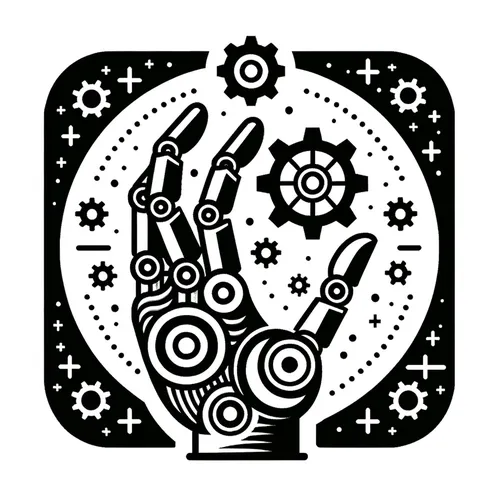Robo-Mania: AI Sparks Billion-Dollar Bot Boom as Automation Soars
- Author
- Quiet. Please
- Published
- Wed 16 Jul 2025
- Episode Link
- https://www.spreaker.com/episode/robo-mania-ai-sparks-billion-dollar-bot-boom-as-automation-soars--66994078
This is you Robotics Industry Insider: AI & Automation News podcast.
Industrial robotics and automation are pushing into the second half of 2025 with record momentum. According to the International Federation of Robotics, the value of new industrial robot installations reached sixteen and a half billion dollars in 2024, with over four point two eight million robots now working in factories worldwide. This rapid adoption is powered by major advances in artificial intelligence, labor shortages, and a drive for greater operational resilience. Asia remains the clear leader, accounting for seventy percent of new robot installations last year, but growth cycles are now surging in North America and Europe as well—especially in automotive and advanced manufacturing.
Recent industrial automation market studies indicate that the sector is set to expand from around two hundred ten billion dollars this year to over four hundred twenty billion by 2033, sustaining a compound annual growth rate above nine percent. Automation now reaches far beyond assembly lines, touching logistics, healthcare, food processing, and even fast-service restaurants. Key drivers include precision, efficiency, and quality assurance—qualities enhanced through integration with artificial intelligence. AI-powered robots are transforming production by analyzing sensor data in real-time, adapting workflows, predicting machine failures, and supporting advanced quality control, which reduces errors and increases consistency. In the near term, “physical AI” simulators and generative AI-control models are rapidly closing the gap between digital and physical systems, enabling robots to learn complex tasks via simulation rather than lengthy manual programming—a crucial step towards what industry analysts are calling the “ChatGPT moment” for robotics.
This week, joint actuators remain a technical focus among robotics suppliers as they aim to improve humanoid robot dexterity, while ABB has announced upgrades to its IRB 1200 robot family for higher speed and precision. Meanwhile, cognitive robotics provider NEURA Robotics is partnering with GFT Technologies to bring physical AI software to industrial platforms, and KUKA Robotics is getting ready to reveal new packaging and processing automation solutions at Pack Expo this September.
For executives and engineers, investment in automation is no longer just about cost cutting. It is a strategic move for resilience and competitiveness. Organizations should prioritize integrating AI into their robotic processes, pilot new collaborative robot applications, and actively monitor technical advances in actuation and simulation. Looking forward, trends point to cross-industry deployments, advancing human–robot collaboration, and AI-enabled adaptive machinery as defining features of tomorrow’s smart factories.
Thanks for tuning in to Robotics Industry Insider. Come back next week for more on AI and automation. This has been a Quiet Please production. For more, check out Quiet Please Dot A I.
For more http://www.quietplease.ai
Get the best deals https://amzn.to/3ODvOta
